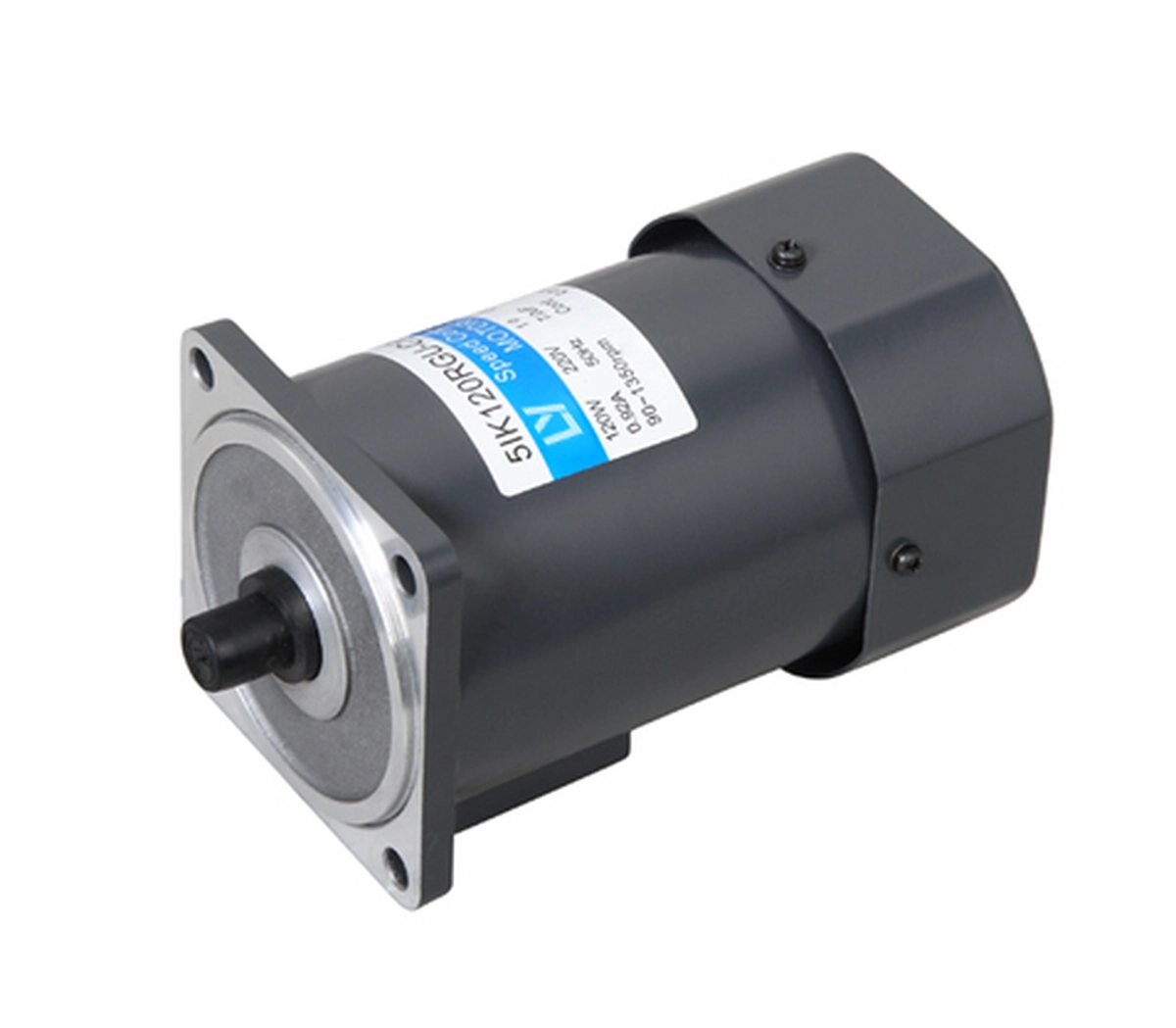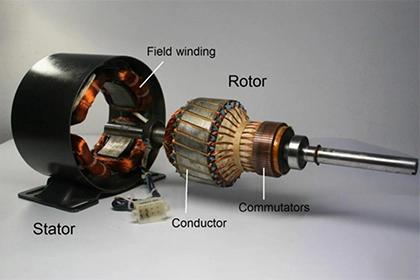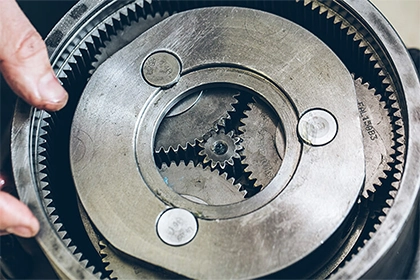
Which motor is used in the rolling machine?
Rolling machines commonly use electric motors, such as AC induction motors or DC motors, known for their high torque output, precise control, and ability to provide the necessary power and speed for the rolling process in various industrial applications.
Rolling mills are used to shape metal into sheets, strips, bars, plates, or other structural shapes by applying high compressive forces. Choosing the right motor is critical to the efficient operation of the rolling process and the production of a high quality product. The motor must be able to provide high torque at low speeds and be rugged enough to withstand the harsh metal working environment.
AC motors and DC motors
Both AC and DC Motors have been used to power rolling mills. Early mills used DC motors because they provided high starting torque and good speed control. However, the commutator and brushes in the motors required maintenance and there were reliability problems due to sparking. DC motors were gradually replaced by AC motors.
AC synchronous motor
Modern rolling mills primarily use large AC synchronous motors that provide constant speed regardless of load variations. Their high power factor minimizes energy consumption. Synchronous motors also enable mills to recover energy during deceleration and braking by operating in generator mode and feeding power back into the system. Their robust construction withstands the high inertia forces that occur during rolling.
Conclusion
AC synchronous motors provide the precise speed regulation, low speed and high torque, rapid acceleration/deceleration and energy efficiency required for modern mill applications. Careful selection and sizing of motors is critical to optimizing the mill process and delivering high quality rolled metal products.



Leave a Comment